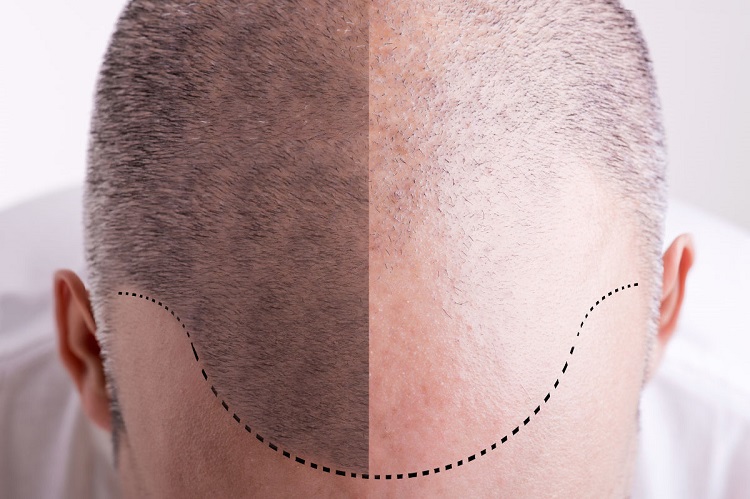Planning a hair transplant operation entails not only choosing a specialist with vast experience in this technique, but also having realistic expectations about the post-operative process and being aware of crucial details so that you can recuperate properly.

It will soon be time to display your stunning change, but before then, you must pay close attention to the many stages of healing and rehabilitation after hair transplant surgery.
You should be careful to take proper care of your newly implanted hairs following a hair transplant procedure. They still require a bit more tender loving care to completely establish since they are frail. Is there any hair transplant alternatives? You may look at this website for further information.
A receiver of hair transplantation must adopt a healthy and thorough hair care regimen in order to heal and recover. Knowing the crucial advice for caring for their new hair doesn’t require much.
Tips for post-transplant hair care
Maintain moisture in the grafted area.
You should get from your surgeon the necessary equipment to maintain a moist environment for the freshly transplanted hair follicles. The hair may be often misted with saline solution or an ointment like Aquaphor to prevent the implanted hairs from drying out.
Gently wash your hands.
Go for a hand wash of your hair after utilizing the solution for a couple of days. It is preferable to lower the shower pressure and gently scrub your hair with your hands rather than washing it under the shower. Use a mild shampoo, then rinse well with a cup of lukewarm water.
Slightly upright sleeping
People who have just had hair transplant surgery should sleep semi-upright to prevent the potential impact of gravity on their hairs. Instead of sleeping straight, one should adopt the “recliner” posture, which involves an upright angle of around 45 degrees, and they should maintain it every time they lay down for a complete 48 hours.
Reduce any swelling and discomfort as much as possible.
Regular gentle hair washing after a hair transplant helps lessen any scabbing and irritation on the scalp. Additionally, sleeping in the same posture for the first three nights can help fluid drain into the forehead, reducing swelling.
After hair transplant surgery avoid strenuous activity.
Intense activity should be avoided for a while to decrease discomfort and edema. Following a hair transplant, stretching and non-aerobic workouts like walking are OK. You may progressively increase the workout intensity throughout the next week after 7 to 10 days. The new transplants are not at danger from sweating, but vigorous exercise will worsen discomfort and inflammation.
More effective than hard updos is a gentler hairdo
Your just implanted hairs will experience some little stress from loose ponytails, braids, etc. A little roughness is preferable than excessively using treatments that will make your new transplants overly stiff or large.
Conclusion
Hair is surgically taken from one part of the scalp and transferred to another area of the scalp where it is thinning or nonexistent during a hair transplant. Male pattern baldness is the most prevalent condition treated by the technique, although it may also be used to regrow hair in parts of the scalp that have been injured or scarred.
In conclusion, hair transplants may help restore a head of hair that looks natural and can be an effective therapy for hair loss. Hair transplant before and after care is crucial. Before making a choice, weigh all of your alternatives and speak with an experienced hair transplant surgeon.
Read More Related Posts Here:
Minoxidil vs finasteride Which is Better
